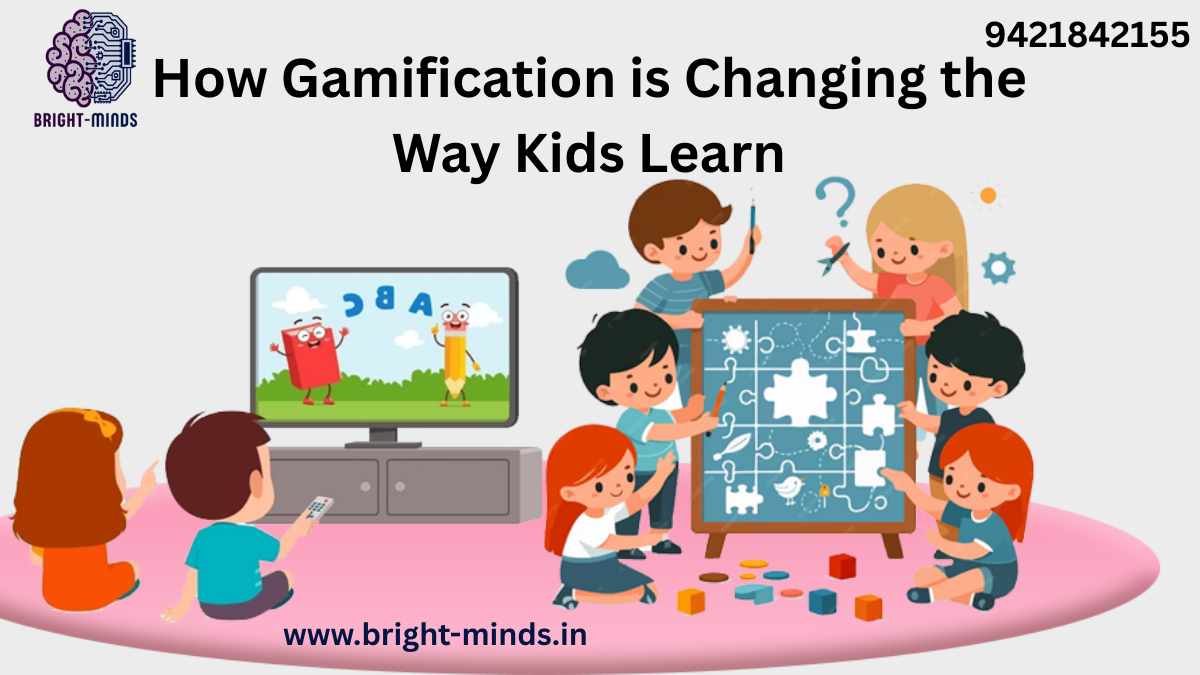Picture this: a child eagerly logs into a math app, solves equations to earn coins, unlocks new characters, and celebrates each win with digital fireworks. Sound like a game? It is—but it’s also learning.
Welcome to the world of gamification in education, where lessons feel like play, and kids can’t wait to come back for more.
Whether you’re a parent, teacher, or a company interested in supporting employee families, understanding how gamification is transforming children’s learning is a game-changer. Let’s explore the fundamentals, market trends, real-world applications, and practical steps you can take to embrace this new approach.
🎮 What is Gamification in Learning?
Gamification is the use of game design elements—like points, rewards, levels, challenges, and leaderboards—in non-game contexts like education.
It taps into kids’ natural love for games to:
- Increase engagement
- Boost motivation
- Make learning interactive and fun
- Encourage healthy competition and progress
Think of apps like Duolingo, Kahoot!, or Prodigy Math—where kids learn languages, math, or general knowledge while playing.
📊 Market Trends: Why Gamification is Booming
- According to a 2025 Statista report, the global gamification in education market is projected to surpass $25 billion, up from $11.5 billion in 2020.
- The shift to digital learning during and after the pandemic accelerated the adoption of game-based platforms in schools and homes.
- 88% of educators say gamified tools make students more interested in learning (Source: eLearning Industry).
This trend isn’t just hype—it’s a movement redefining how young minds absorb and retain knowledge.
🧠 Why It Works: The Science Behind the Fun
Gamification works because it activates the brain’s reward system. When children complete challenges, earn badges, or move to the next level, they release dopamine—the “feel good” chemical that reinforces positive behavior.
Key benefits include:
- Improved focus and memory retention
- Higher persistence on difficult tasks
- Personalized learning experiences
- Development of critical thinking and problem-solving skills
Plus, gamified learning often gives instant feedback, helping kids correct mistakes and learn in real time.
💡 Real-World Applications in Classrooms and Homes
Here’s how gamification is being used across different learning environments:
1. In Classrooms:
Teachers use tools like:
- Kahoot! for quiz-based learning
- ClassDojo to track behavior and participation
- Minecraft Education Edition to teach history, coding, and even environmental science
Students earn points, unlock badges, and collaborate in virtual teams—all while achieving learning goals.
2. At Home:
Parents use:
- Duolingo to teach kids languages in a fun, interactive way
- Prodigy to practice math in an RPG-style environment
- ABCmouse for early childhood education
Gamified platforms keep kids learning beyond the school bell, without needing constant supervision.
✅ Real-Life Example: 9-year-old Aria improved her reading level by two grades in six months using a phonics-based gamified reading app.
👨💼 For Companies: Supporting Employees with Kids
Companies are increasingly recognizing that supporting employees’ families leads to better focus, loyalty, and mental well-being at work.
Here’s how organizations can help:
- Offer discounted access to gamified learning platforms as a benefit
- Host family tech-literacy workshops
- Promote learning stipends that can be used for educational tools
- Share curated lists of safe and effective apps via internal newsletters
It’s a small step with a big impact on employee satisfaction and productivity.
🛠️ Practical Tips for Parents and Educators
Want to get started with gamified learning? Here’s how:
✔ Choose the right platform
Look for apps that align with your child’s age, interests, and school curriculum. Bonus points for parental dashboards and progress tracking.
✔ Set clear goals
Use in-app goals (like finishing a module) to set milestones, but also encourage real-world rewards like outdoor play or story time.
✔ Combine with traditional learning
Gamification is powerful, but it works best when balanced with hands-on, face-to-face learning.
✔ Celebrate achievements
Whether it’s a virtual badge or a real high-five, recognition reinforces learning. Make learning feel like winning!
🧭 The Future is Playful—and Purposeful
Gamification isn’t just about adding fun to education—it’s about making learning irresistible.
With the right tools and guidance, kids don’t just memorize—they master. They don’t just participate—they persist.
As we prepare the next generation for a fast-changing world, gamified learning offers a bridge between what they love and what they need to learn.

